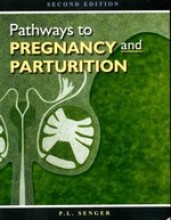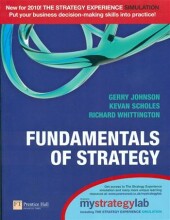Summary: Remote Sensing Reader
- This + 400k other summaries
- A unique study and practice tool
- Never study anything twice again
- Get the grades you hope for
- 100% sure, 100% understanding
Read the summary and the most important questions on Remote sensing reader
-
1 Introduction remote sensing
This is a preview. There are 4 more flashcards available for chapter 1
Show more cards here -
What components are relevant in the measurement phase?
- The source of the EM radiation
- The path trough the atmosphere
- The interaction with the object
- The recording of the radiation by a sensor -
What components are covered by the second phase?
- Tranmission, reception and (pre)processing of the recorded radiation
- Interpretation and analysis of the remote sensing data
- Creation of the final product, which is mostly stored as a GIS layer -
How can scattering effects be divided?
- Rayleigh scattering
- Mie scattering
- Non-selective scattering -
What can happen when EM radiation hits an object at the earth's surface?
- Transmitted
- Absorbed
- Reflected -
Which properties permit the observation and recognition of an object?
- Shape and size of the object
- Reflective and/or emissive properties
- Spectral properties
- The effects of polarisation
- Temporal effects -
Where are pre-processing operations intended for?
- To correct for sensor- and platform- specific radiometric and geometric distortions of data -
Which three categories of data can be derived from remote sensing?
- The assignment of class labels to the individuel pixels or objets in an image, called classification
- The estimation of object properties from remote sensing
- The monitoring of the class labels or tje object properties with time -
How can information about the earth's surface and its features by obtained on basis of?
- Spectral charasteristics
- Spatial charasteristics
- Temperal charasteristics -
2 Spectral signatures
This is a preview. There are 3 more flashcards available for chapter 2
Show more cards here -
Which approaches are there to determine the reflectance?
- Dividing the reflected radiation (Lr) by the incoming radiation (Li) for a certain wavelength or wavelength interval (usually with field radiometers)
- Comparing the reflected radiation from an unknown object with that from a reference of which we know the reflectance properties (with airborne or spaceborn sensors)
- Model the incoming radiation and atmospheric effects -
What are the three regions of the electromagnetic spectrum?
- VIS
- NIR
- MIR/SWIR
- Higher grades + faster learning
- Never study anything twice
- 100% sure, 100% understanding






























